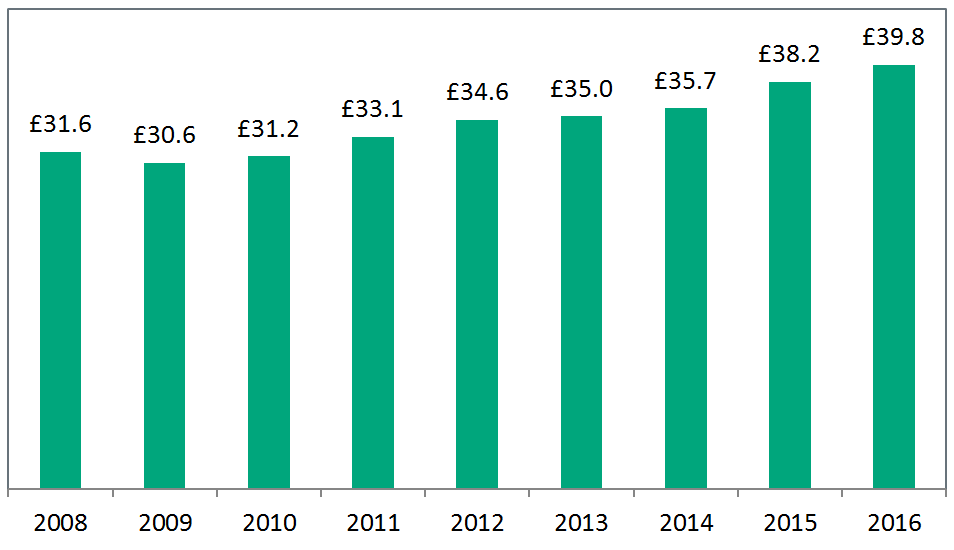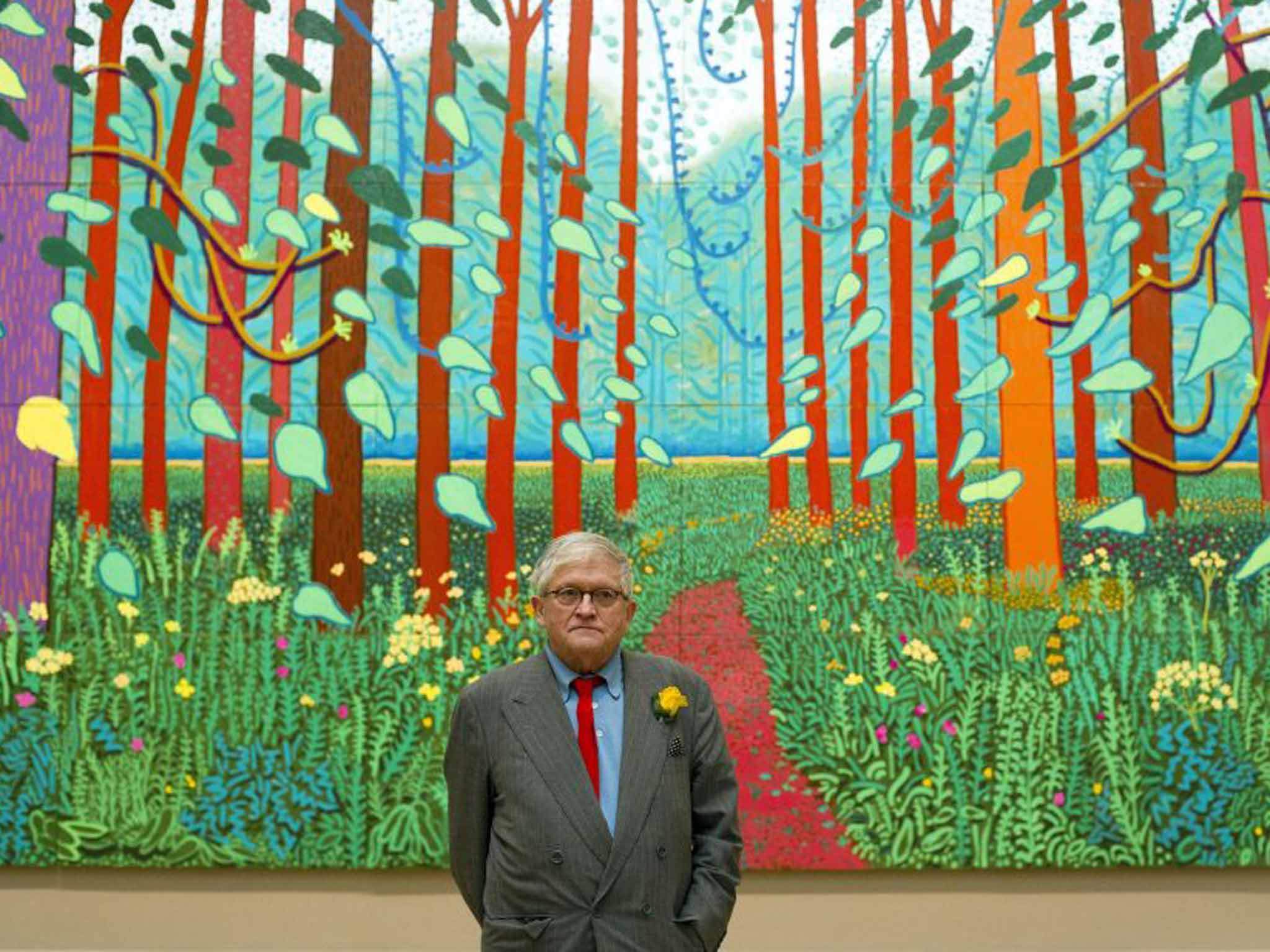Anyone who has seen the news over the past few days will be well aware that David Hockney has a retrospective exhibition of his work, celebrating his 80th year, at Tate Britain, opening on 9 February.
As Britain’s undoubtedly most popular living artist this is already turning into what promises to be the most successful exhibition the Tate has ever held.
Even before it has opened, online booking has been suspended because of the unprecedented demand, and callers are warned they may have to wait over 30 minutes to get through for a telephone booking.
All the signs are that numbers will far exceed the Tate’s previous greatest success, the Matisse Cut Outs exhibition, which generated 562,622 visitors and David Hockney’s Landscapes exhibition at the Royal Academy, which attracted just over 600,000.
This retrospective covers his whole life’s work rather than one element of it as previous exhibitions, so there is far more to see.
And as an artist that has a style that resonates with virtually everyone, (though art critics often like to find at least some fault, not wanting to appear populist) it should come as no surprise there is so much demand.
How well do you really know your competitors?
Access the most comprehensive Company Profiles on the market, powered by GlobalData. Save hours of research. Gain competitive edge.

Thank you!
Your download email will arrive shortly
Not ready to buy yet? Download a free sample
We are confident about the unique quality of our Company Profiles. However, we want you to make the most beneficial decision for your business, so we offer a free sample that you can download by submitting the below form
By GlobalDataBut quite apart from the art, there is the commercial opportunity Hockney generates for galleries.
The Money Spinner
There are ticket sales of course but also the merchandise affiliated to the exhibition will generate huge sales for the Tate. If every visitor to his Landscapes exhibition at the Royal Academy had spent on average as little as £5.00 at the shop it would have generated £3m ($3.7m) in sales.
Assuming there will be at least the same numbers of visitors to this new exhibition and just 20 percent of them buy the £29.99 catalogue, it will produce £3.6m in sales alone. And on top of this there is all the other merchandise and prints available not just in the shop but also online.
Rather than shopping, consumers are spending more time and money on leisure, travel and cultural experiences, which is a problem for traditional retail where growth is stagnating. The challenge is how can retailers tap into these new spending trends?

While they are increasingly siting themselves in duty free and capturing the travellers’ spending, or sponsoring music festivals and events, actually trading in a museum or gallery is more difficult.
The need to generate income in order for public galleries to survive makes the retail business a very important element.
A retail partner could generate more sales for galleries through better buying and operations, but is unlikely to generate extra profit after costs have been accounted for.
While having a David Hockney exhibition in Selfridges seems unlikely, don’t count it out – innovative retailers have a way of finding new ways to inspire us to buy.
But in the meantime as retailers look on enviously at the amount of footfall they can only dream of expect to see lots of retailers taking advantage of the exhibition and offering David Hockney merchandise.







